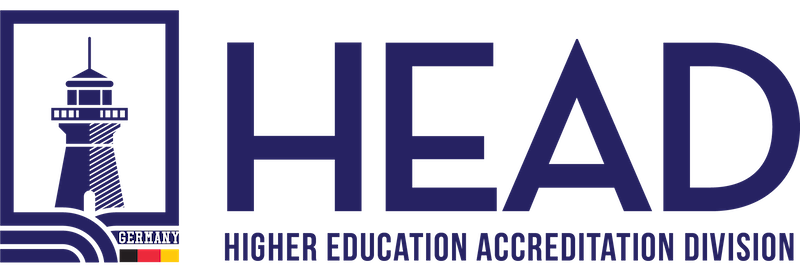The Foundation of Success: Establishing and Maintaining an Educational Organization Policy Aligned with Mission and Vision

Introduction
In the realm of education, an institution’s mission and vision serve as its guiding stars, providing direction and purpose for its existence. These fundamental principles reflect the core values, aspirations, and goals that an educational organization strives to achieve. To ensure that these aspirations are not just lofty ideals but are translated into actionable strategies, top management plays a pivotal role in establishing, reviewing, and maintaining an educational organization policy that aligns seamlessly with its mission and vision. This article explores the critical importance of this endeavor and outlines the key steps to achieve it.
1. The Significance of Mission and Vision
Before delving into the specifics of creating and maintaining policies, it is essential to understand the significance of an educational institution’s mission and vision. These statements are more than just words on a plaque; they are the heart and soul of the organization. The mission statement defines the institution’s purpose, its reason for existence, and its commitment to various stakeholders, such as students, parents, and the community. Meanwhile, the vision statement paints a vivid picture of what the institution aspires to become in the future.
Together, these statements provide clarity of purpose, motivation for stakeholders, and a shared sense of direction. They act as a compass, guiding decisions and actions at all levels within the organization. When well-crafted and effectively communicated, they can inspire and mobilize the entire educational community towards a common goal.
2. Creating an Educational Organization Policy Aligned with Mission and Vision
- Clarify and Understand the Mission and Vision: Before top management can establish policies that align with the mission and vision, they must thoroughly understand and appreciate these statements. This involves engaging with stakeholders, including faculty, staff, students, and parents, to ensure a shared understanding and commitment to the institution’s purpose and aspirations.
- Identify Key Priorities and Values: To align policies with the mission and vision, it is crucial to identify the core values and key priorities embedded in these statements. For instance, if the mission emphasizes inclusivity and diversity, policies should reflect a commitment to creating an inclusive and diverse learning environment.
- Formulate Clear Objectives: With a solid understanding of the mission and vision, top management should formulate clear, actionable objectives that support these statements. These objectives should be specific, measurable, achievable, relevant, and time-bound (SMART) to ensure they can be effectively implemented.
- Involve Stakeholders: Involving various stakeholders in the policy formulation process is essential. Collaborative efforts ensure that policies are practical, well-informed, and inclusive of diverse perspectives. This collaborative approach also fosters a sense of ownership among stakeholders.
- Regularly Review and Update Policies: Educational organizations are dynamic entities, and their missions and visions may evolve over time. Top management must commit to regularly reviewing and updating policies to ensure they remain aligned with the institution’s changing goals and priorities.
3. Maintaining an Aligned Educational Organization Policy
- Communication and Training: Policies aligned with the mission and vision should be effectively communicated to all members of the educational community. Additionally, training and professional development opportunities should be provided to ensure that faculty and staff understand and can implement these policies effectively.
- Monitor and Evaluate: Implementing policies is not enough; they must be monitored and evaluated for their effectiveness. Regular assessments should be conducted to determine whether the policies are indeed contributing to the realization of the mission and vision.
- Feedback and Adaptation: Encourage feedback from stakeholders and be open to adaptation. If policies are not achieving the desired outcomes or if new opportunities arise that align better with the mission and vision, top management should be willing to make necessary adjustments.
- Celebrate Success: When policies aligned with the mission and vision yield positive results, it is essential to celebrate these successes with the educational community. Recognition and appreciation reinforce the commitment to the institution’s purpose and motivate continued efforts.
Conclusion
In an educational organization, the establishment, review, and maintenance of policies that support the mission and vision are not just administrative tasks but essential drivers of success. When top management takes the initiative to ensure that policies are in harmony with the institution’s core values and long-term aspirations, they create an environment where everyone is aligned towards a common purpose. This alignment leads to enhanced student outcomes, improved institutional reputation, and a thriving educational community that stands as a testament to the power of vision-driven policies.
Would you like to speak to one of our Higher Education Accreditation Expert? Just submit your details and we’ll be in touch shortly. You can also email us if you would prefer.

